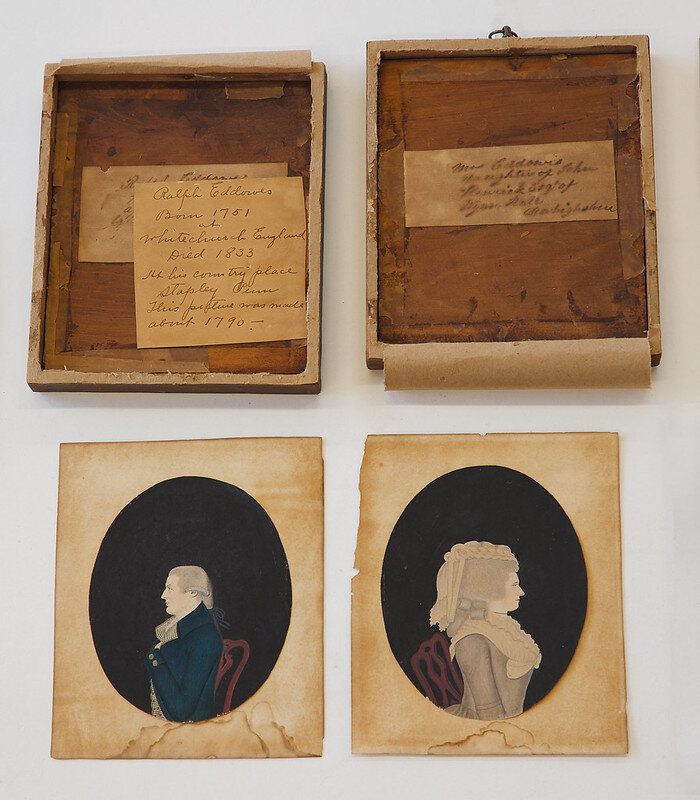Miniatures act as fascinating – and tiny – pieces of art history. Originally painted to decorate and illustrate hand-written books, they became desirable objects for generations. French and English courts adopted the use of miniatures in the 1520s, with monarchs gifting portraits of themselves as a sign of favor. They would be kept in tiny frames or lockets and worn as a show of loyalty – little pieces of political propaganda.
A miniature of Elizabeth Countess of Derby (neé Farren) (1759/62-1829), courtesy of Christie’s.
Miniaturists began to develop signature styles for their work, though no formal training was associated – two of the most respected painters of the 1700s were a footman and an apothecary by trade. It is said that Queen Victoria’s miniaturist, Sir William Charles Ross, was the last great miniature painter. As photography was introduced to the masses, the public had a more affordable way to capture their likeness, and the tradition of miniatures fell out of favor. According to Cut Arts, Sihouettes were popular too: “Two hundred years ago, long before the camera was invented, someone wishing to have an inexpensive portrait created of their loved ones would have visited a silhouette artist. Within minutes and using only a pair of scissors and a skillful eye, he would have produced a wonderful little image with a remarkable resemblance to his subject.”
The client’s full collection including silhouettes, portrait miniatures, and images of an estate, complete with original frames and provenance.
Much like the gentry of centuries ago, we were enthralled when a set of miniature profiles of Mr. and Mrs. Ralph Eddoweswere brought to The Center. A special find from a client with a collector’s mind and keen eye, the small portraits were mounted to acidic paper, and exhibited acid and water staining throughout, as well as distortion, age-related discoloration, and a moderate layer of surface soil. Perhaps most interestingly, their provenance was attached to the verso of each piece.
The portrait miniatures, prior to receiving treatment.
Bozena Szymanski, our Senior Conservator of Works on Paper, set to work. The pieces were surface cleaned using appropriate conservation techniques and materials. Next, they were treated with a deacidification spray, and staining was reduced. Areas that were affected by staining were retouched to emulate the surrounding surface.
Per the client’s request, the pieces were mounted to archival mats to conservation standards and then engaged in archival oval mats before being reassembled in their original frames with glazing. Acid-free coroplast backing boards were attached to the reverse to provide additional protection.
The provenance attached to the back of the boards.
The clients collection after receiving treatment.
Though not much is known about the history of this couple, we’re proud to have been a part of keeping the likenesses of the Eddowes preserved for years to come.
Before receiving treatment.
After receiving treatment.
Sources:
https://www.cutarts.com/silhouette-history
https://www.metmuseum.org/toah/hd/mini_2/hd_mini_2.htm
https://www.christies.com/features/A-brief-introduction-to-Portrait-Miniatures-9858-1.aspx








